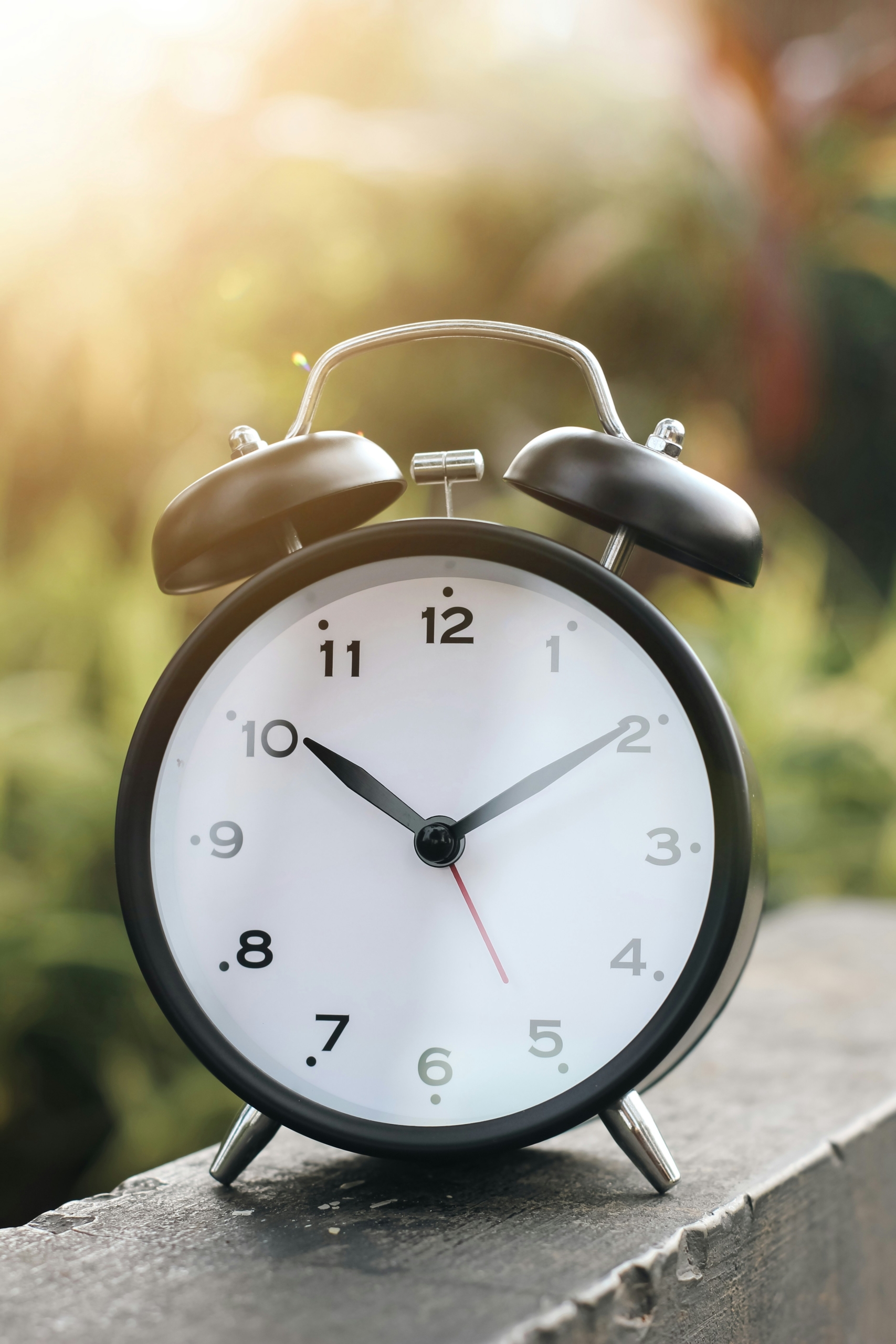NICK COWDY / Residential Sales Consultant, Principal Agent
As we prepare to welcome the warmer months, it’s time to adjust those clocks and embrace longer, sunnier days. Daylight saving kicks in this Sunday, 29 September, signalling the start of summer. Here’s everything you need to know about when and why daylight saving happens, and how to ensure your devices stay on time.
When Does Daylight Saving Start?
Daylight saving begins at 2am on Sunday, 29 September, when clocks will go forward one hour. This means we “spring into summer” by losing an hour of sleep, but we’re rewarded with more daylight in the evenings, perfect for outdoor activities like BBQs and enjoying the warm summer breeze. Daylight saving will end on Sunday, 6 April 2025, when clocks will go back one hour.
Do the Clocks Go Forward or Back?
In September, clocks go forward. At 2am, clocks will jump to 3am, meaning one less hour of sleep for the night, but an extra hour of sunshine in the evening. While mornings will be darker for a short while, the extended daylight in the evening makes up for it. Think of it as a trade-off for longer, brighter days to enjoy all summer long!
The History of Daylight Saving in New Zealand
New Zealand has a long history of daylight saving. It was first introduced in 1927, though the dates and time changes varied over the years. In 1941, during World War II, daylight saving was extended year-round to conserve energy. After several adjustments, the current system of daylight saving – from the last Sunday in September to the first Sunday in April – has been in place since 2007. The idea behind daylight saving is to make the most of the extra daylight during the warmer months by shifting an hour of morning light to the evening. It’s a simple way to maximise the sunlight we receive, giving us 27 weeks of extended daylight time every year.
Do Other Countries Observe Daylight Saving?
Yes, but not everywhere. Around two-thirds of the world’s countries do not observe daylight saving. The practice is most common in Europe, where 37 out of 44 countries adjust their clocks, and it’s also observed in parts of North America, Australia, and Latin America. Interestingly, Egypt reintroduced daylight saving in 2023, making it the only African country to do so. Countries near the equator typically don’t observe daylight saving because their daylight hours don’t fluctuate significantly throughout the year.
Time to Check Your Smoke Alarms
While you’re adjusting clocks for daylight saving, it’s also a good time to check other important items around the house. Test the batteries on your smoke alarms by pushing the test button, and check the expiry date, as most smoke alarms last a maximum of 10 years. Give the cover a clean to avoid false alarms caused by dust buildup.
Daylight saving isn’t just about enjoying more sunshine – it’s also a great reminder to review your emergency plans, ensure your survival kits are up to date, and check other safety measures around your home.




